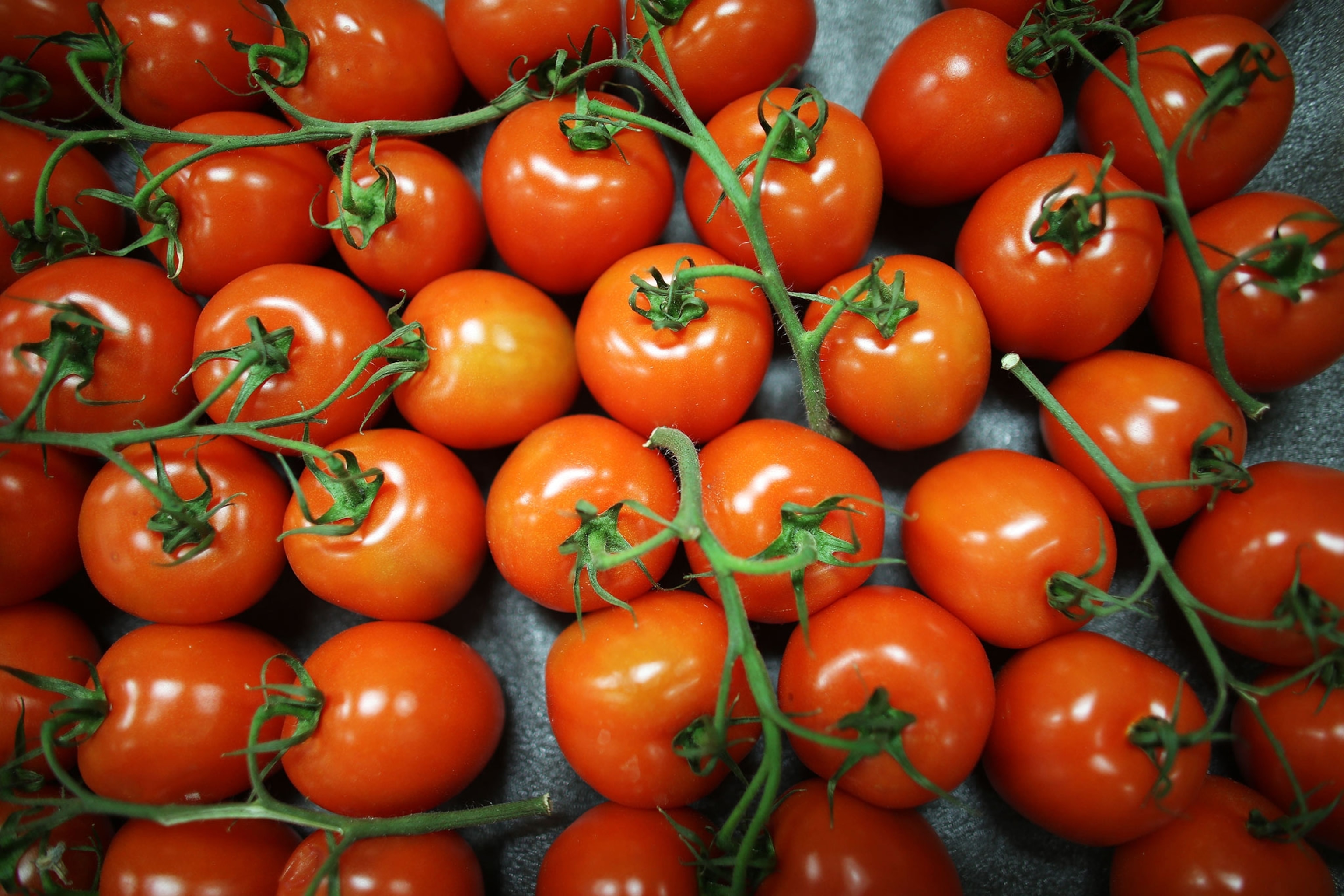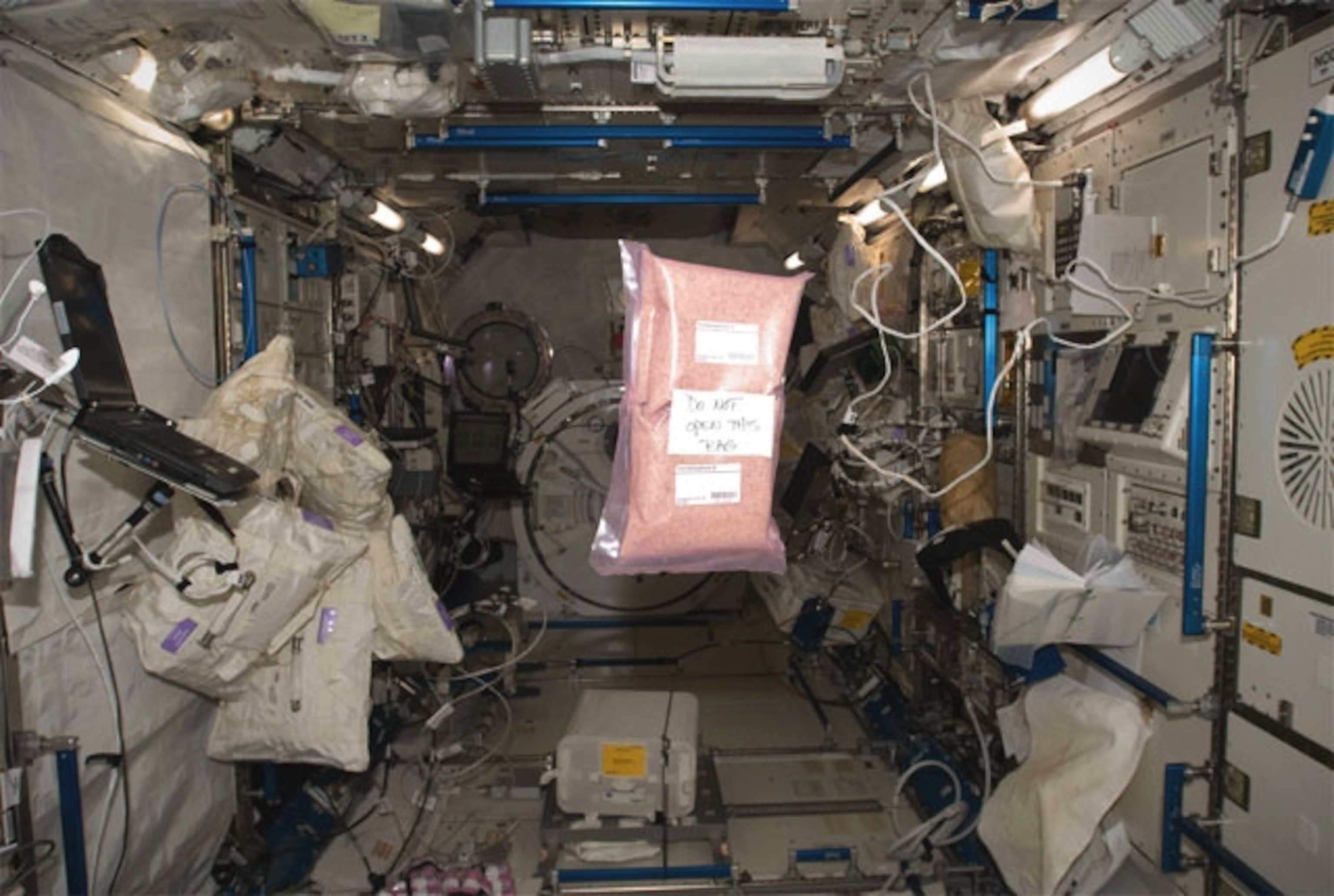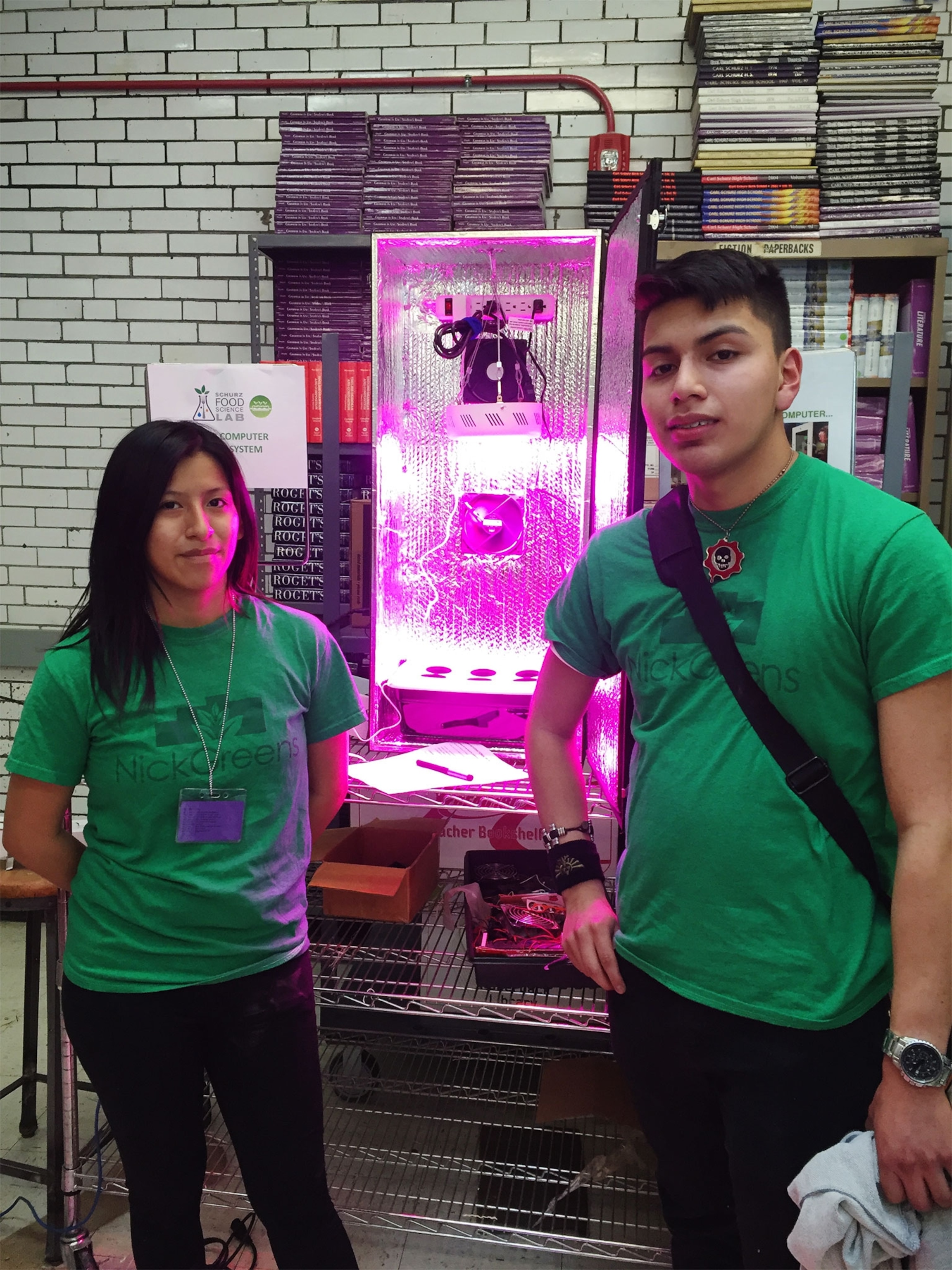
Can Space-Aged Tomato Seeds Save an American Food Desert?
Despite having three grocery stores within a mile radius, many students attending Carl Schurz High School in Chicago have never eaten a fresh piece of lettuce, much less know where their food is grown. This year, that’s changing for some with the construction of the school’s new food science lab. The lab allows them to grow everything from tomato seeds that have orbited through space to earthly micro-greens, arugula, and kale in a variety of different environments.
“There’s a huge disconnect between environmental and food science education, the actual process of growing, and teaching students what that process is,” says Mitch Arsenie, an AP environmental science teacher at Shurz High School, which is located on the city’s northwest side.
But he’s not starting out small. He’s starting with tomato seeds that have spent some time on the International Space Station (ISS).
NASA has been experimenting with growing crops in space as a way to supply astronauts with fresh produce and meaningful work on long journeys (see Gardening in Space Gets Ready for Lift-Off).

The tomato seeds were sent to ISS on board SpaceX’s Dragon last April and returned to Earth after spending five weeks in space through an educational program called Tomatosphere.
(Does Rhubarb Deserve Its Killer Reputation?)
Since 2001, Tomatosphere has sent an estimated three million students in the U.S. and Canada tomatoes from space to grow and report back on germination rates, growth patterns and the vigor of the seeds. And Carl Schurz High School, where 9 out of 10 students are low-income and only 10 percent is college-ready, was one of 18,000 classrooms to receive the seeds.

Teacher Arsenie has big goals for the tomato seeds and for his students.
“The hope is that we not just do a study that we give back data to tomatosphere.org, but also a study of our own. How do we compare germination rates and growth rates in the food computer versus a traditional pot and soil and grow lights in the classroom?” says Arsenie. “So we’re going to compare brand new [systems] like the food computer to old-fashioned farming techniques and see if there are any noticeable differences in germination rates and growth.”
The food computer he’s talking about is, of course, the prototype created by MIT’s Caleb Harper. Harper is a National Geographic Emerging Explorer who is pioneering open-source plant growing (see Farming’s Next Wave: The Rise of Programmable Produce) and has worked with several schools around Boston to set up food computers in classrooms.
In Chicago, Diana Guallpa and Diego Nava, both seniors in Arsenie’s class, built the food computer using Harper’s specs.
Nava says the food computer allows him to plant any seed, toy with variables such as the pH and humidity to create a desired outcome, regardless of whether the plot is an African desert or a Chicago food desert.
“It’s like playing with nature,” he says.
The social justice aspect of the food computer is what attracted Guallpa to this project. “I really like the idea of growing the plants and giving them to people who need it,” she says.
When asked how they’ll think the tomatoes will taste, Arsenie admits sampling is part of the project’s appeal.
“If we assume (again, in science you don’t want generally want to assume), but in this case, if the variables are all the same—pH, oxygen, CO2, temperature, light, water, humidity, ideally, by replicating these conditions in the natural world—we’d get similarly tasting product,” says Arsenie. “Nutritionally the same? I don’t think we have that answer yet.”
Guallpa ponders the question, then quickly responds: “I would think the tomato from the food computer would taste fresher because you’re removing external toxins like chemicals, pollutants, pesticides… Growing it indoors, [dirt] still has bacteria but not as much bacteria as [exists] outside. Inside plants would be healthier,” she predicts.
Nava predicts: “Space seeds will be tastier.”
It will take approximately 91 days for the seeds to grow into a ripe tomato, just enough time to conduct some taste tastes before these two seniors graduate and head to engineering programs at local colleges.
Megy Karydes is a Chicago-based freelance writer who work has appeared in USA Today, Chicago Tribune, TheAtlantic’s CityLab, and others. Follow her on Twitter and Instagram.




